Picture a prison—there probably aren’t any horses there. But that’s not the case in Arizona, Colorado, Kansas, and Nevada, where prisoners participating in the Wild Horse Inmate Program work to train mustangs that the U.S. Border Patrol will eventually adopt. The program allows the agency to use inexpensive and strong horses, and helps prisoners—many of whom have a violent history—develop a unique skill set they wouldn’t otherwise possess. Take a look below at some of the incredible images from behind the fence.
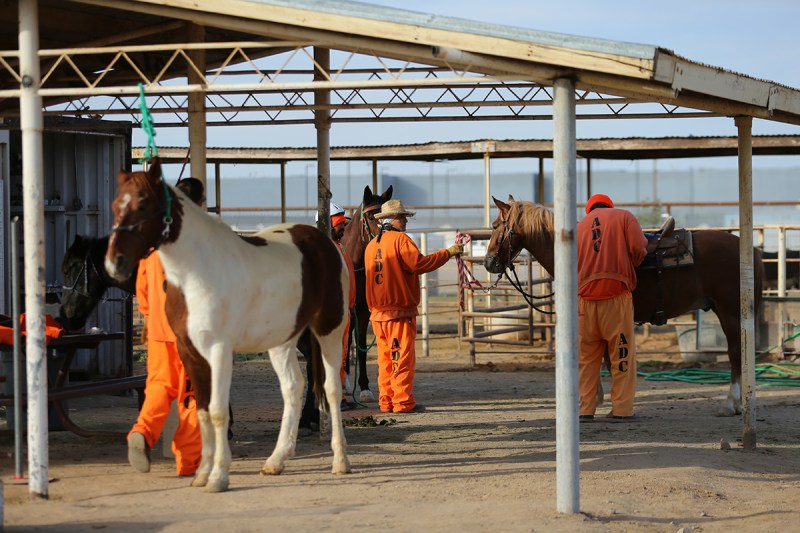
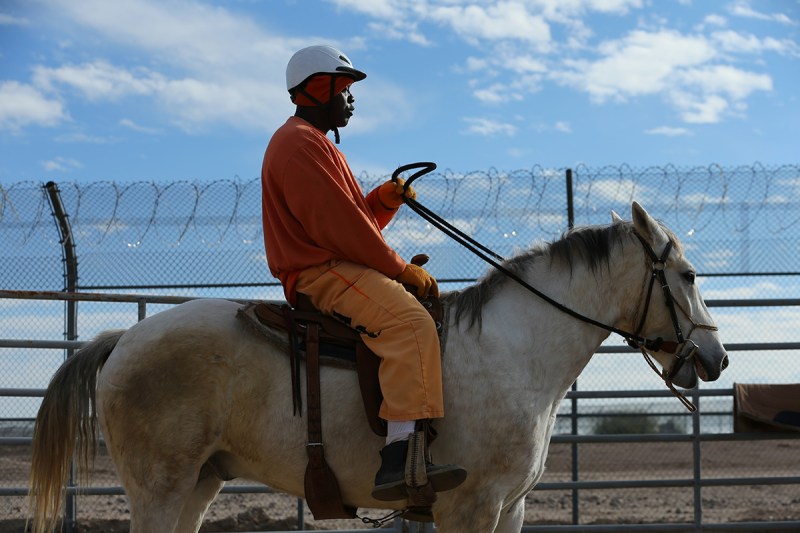
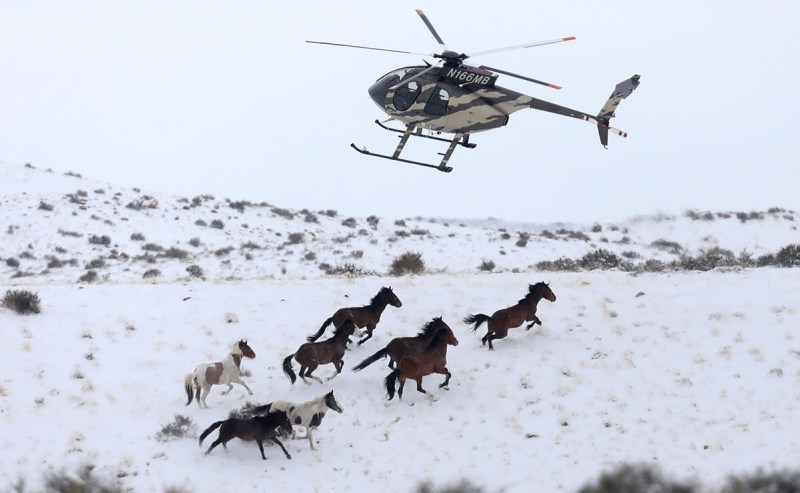


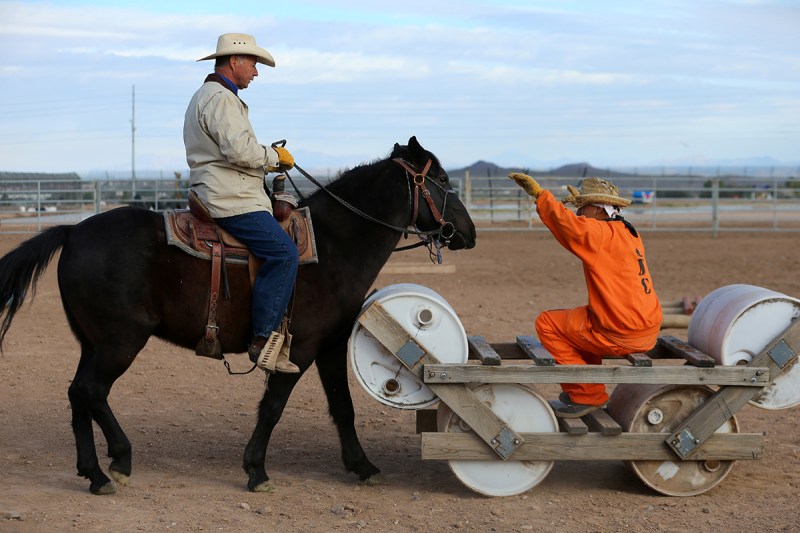
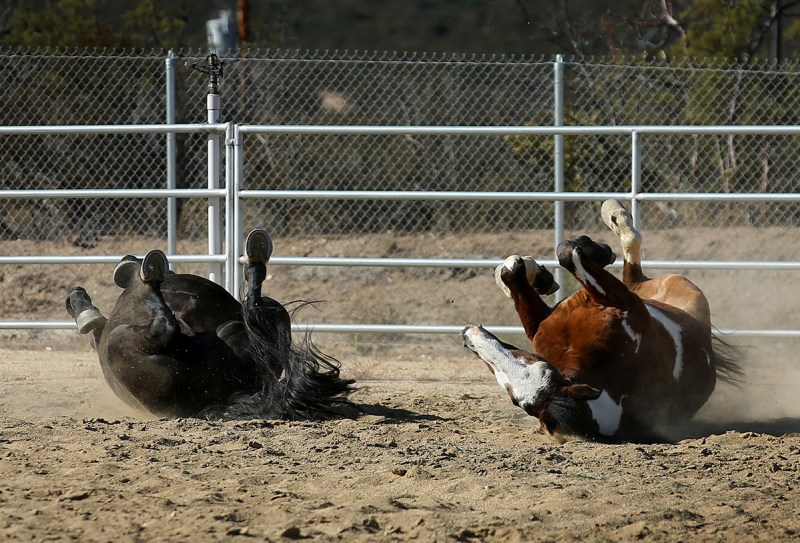
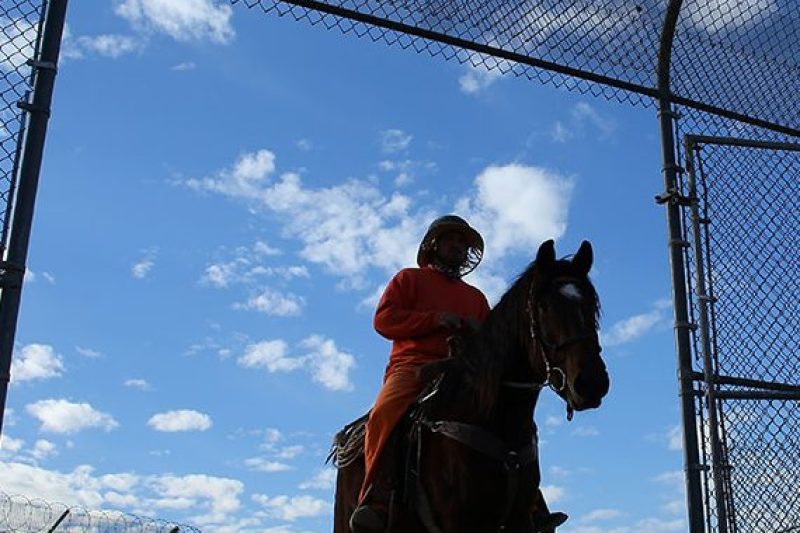
To read the full Reuters story about the program, click here.
—RealClearLife Staff
This article was featured in the InsideHook newsletter. Sign up now.






















